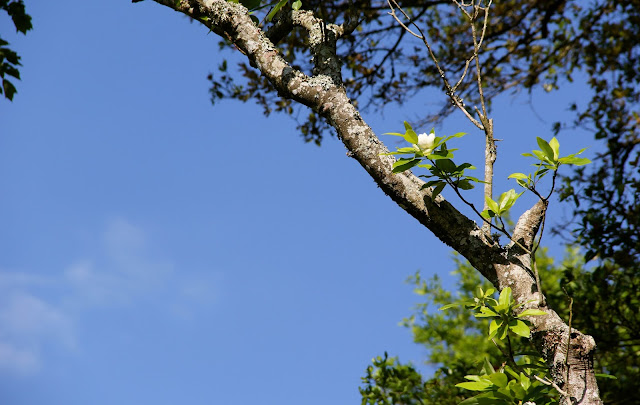For the first third of my life, summer was synonymous with blissful, carefree days exploring the intracoastal waterway between Cape Carteret and Emerald Isle.
Roaming the islands and estuaries of Bogue Sound and hanging out at the Point (of Emerald Isle) as a child created powerful connections to the natural wonders of North Carolina's sounds and beaches;
lifelong connections which draw me back each year.
Roaming the islands and estuaries of Bogue Sound and hanging out at the Point (of Emerald Isle) as a child created powerful connections to the natural wonders of North Carolina's sounds and beaches;
lifelong connections which draw me back each year.
Judging from the Memorial Day weekend traffic on the Highway 58 bridge, many thousands of others feel a similar attraction, although most of the attention seems centered on the pristine white sand beaches rather than the relatively quiet backwaters of the sound.
So after we inch our way across the bridge and safely deposit the boys and their cousins near the Point at the public beach access on Channel Drive,
I leave the beach to the sanderlings and the masses and wander into the wild at Emerald Isle Woods to discover what wonders await...
On a knoll overlooking the tidal flats with their hordes of fidgety fiddler crabs scurrying about amidst the spartina and the mud and the periwinkles,
a gnarled old sweet bay offers her most perfect white blossom to the infinite blue sky;
a gnarled old sweet bay offers her most perfect white blossom to the infinite blue sky;
and sunlight peers through the bronze and green lens of newborn grape leaves,
as the mother vine's clasping crimson tendrils strive for new heights this year...
Just a few meters away, deep in the shadows of the maritime wood,
where Spanish moss dangles from every available branch,
mini-leaved duckweed disguises the still, dark waters of a woodland pool,
like a glossy green slip cover,
penetrated only here and there by a few larger aquatic herbs,
convenient landing pad for the steely-eyed ultralight insect drones known to frequent these maritime hammocks.
Up again from the slough and onto the tree-lined ridge of the ancient dunes,
we're greeted by a small stand of spring-blooming native orchids.
Alert now to their presence, another look around reveals a healthy smattering of Spiranthes praecox, perhaps, or sylvatica,
petals fused into fuzzy green-veined tubes, silently spiraling t'ward the sun;
secure in the shadows of their little island,
where none but a few of the sun's most subtle and persistent rays will ever alight
on the lily white blossoms of these orchids in the Emerald Wood.
And we, entranced by these delicate floral spires,
pointing as it were, straight to heaven,
feel the inexorable tug of this remnant of the wild and wonder-filled coastal woodlands,
and know that we'll be back again soon.





















































